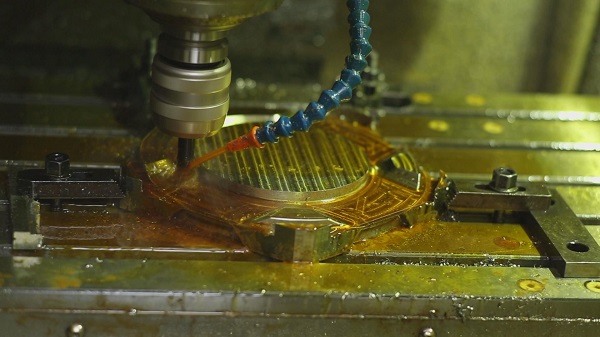Get in touch.
Dear,I will reply in 12 hours. All your message are protected!
Rapid Prototyping Services, Professional manufacturer of CNC Prototyping and 3D Prototyping in China.
CNC (Computer Numerical Control) machining is a versatile manufacturing process that can be effectively used for producing precise and smooth rounded corners. In this article, we will explore the techniques and best practices for CNC machining rounded corners, allowing you to achieve optimal results in your production process.

1.Design Considerations:
Before machining rounded corners, carefully consider the design of your part or component. Determine the desired radius or chamfer size and ensure that it is consistent with the overall design and functionality. Incorporate clear dimensions and specifications for the rounded corners in your CAD (Computer-Aided Design) model or technical drawings.
2.Tool Selection:
Select suitable cutting tools for machining rounded corners. For internal corners, consider using end mills with ball or bull nose profiles. These tools are designed to create smooth curves and radii. For external corners, chamfer mills or countersinks can be used to create beveled edges. Choose the appropriate tool geometry, size, and material based on your specific application and the desired corner radius.
3.Cutting Parameters:
Optimize your cutting parameters for machining rounded corners. Adjust the spindle speed, feed rate, and depth of cut based on the material being machined and the desired surface finish. Consider the tool's cutting edge geometry, flute count, and coating to ensure effective chip evacuation and minimize the risk of tool wear or deflection.
4.Toolpath Simulation:
Before executing the machining process, simulate the toolpaths in your CAM software to verify the accuracy and feasibility of machining rounded corners. This step helps identify any potential collisions or errors that could affect the quality of the final product. Make necessary adjustments to the toolpaths or design if required.
5.Quality Control:
Implement a thorough quality control process to verify the accuracy and consistency of the machined rounded corners. Use precision measuring instruments such as calipers, micrometers, or optical comparators to check the corner radii or chamfer dimensions. Conduct visual inspections to ensure the surface finish meets the specified requirements.
Conclusion:
CNC machining provides effective solutions for producing precise and smooth rounded corners. By considering design considerations, selecting suitable cutting tools, utilizing appropriate machining techniques, optimizing cutting parameters, simulating toolpaths, and implementing rigorous quality control, you can achieve high-quality rounded corners that meet your desired specifications.
© 2005-2025 Shenzhen Tuowei Model Technologies Co., Ltd. | All Rights Reserved 粤ICP备11096697号